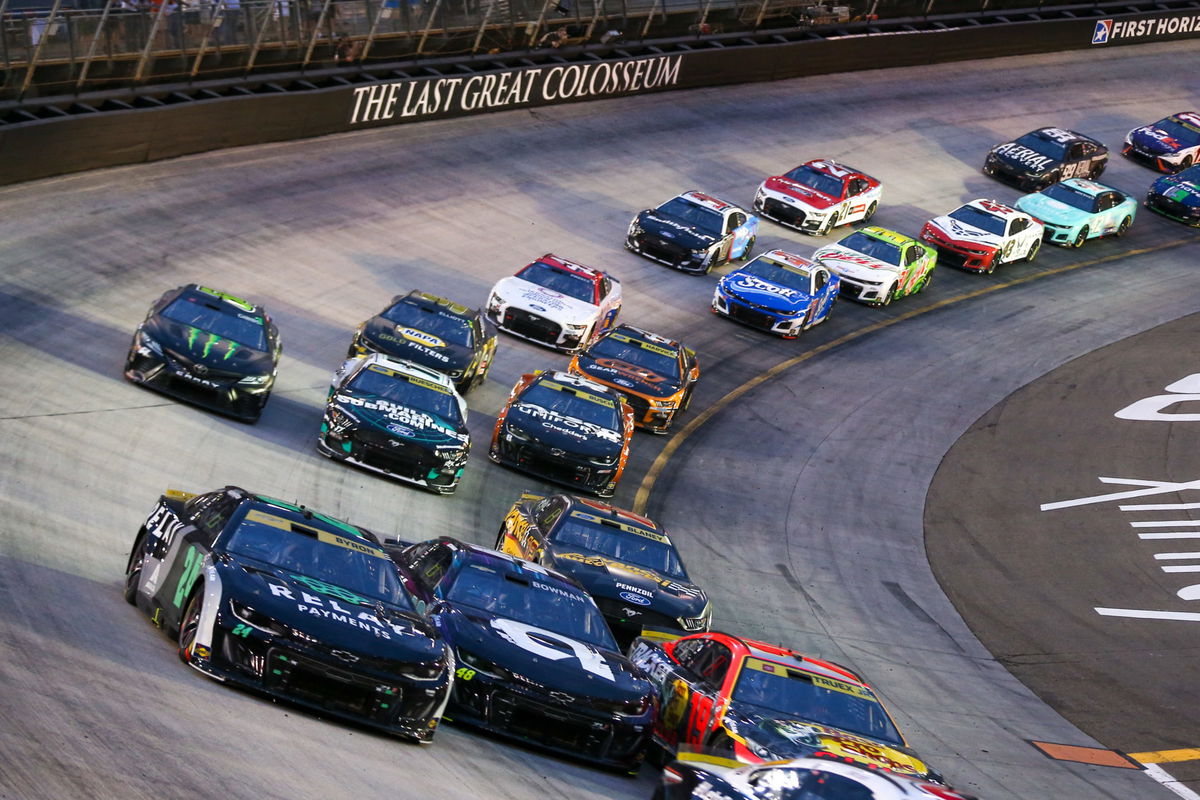
USA Today via Reuters
Sep 16, 2023; Bristol, Tennessee, USA; NASCAR Cup Series driver William Byron (24) and driver Martin Truex Jr. (19) and driver Alex Bowman (48) during the Bass Pro Shops Night Race at Bristol Motor Speedway. Mandatory Credit: Randy Sartin-USA TODAY Sports

USA Today via Reuters
Sep 16, 2023; Bristol, Tennessee, USA; NASCAR Cup Series driver William Byron (24) and driver Martin Truex Jr. (19) and driver Alex Bowman (48) during the Bass Pro Shops Night Race at Bristol Motor Speedway. Mandatory Credit: Randy Sartin-USA TODAY Sports
NASCAR, born from the moonshine-running days of the American South, has transformed dramatically since its inception in 1948. What began as a showcase of raw power and driver skill has evolved into a high-tech sport where aerodynamics play a pivotal role in determining race outcomes. From the flathead V8 engines and stock bodies of the 1950s to the sleek, wind-cheating designs of today’s Next Gen car. The pursuit of speed has always been at the heart of NASCAR.
Watch What’s Trending Now!
However, beneath the surface of these roaring engines lies a complex world of airflow. Downforce and drag have shaped the sport in ways both seen and unseen. As the cars have become faster and more sophisticated. So too has the science behind them, leading to innovations that have sometimes sparked controversy and debate among fans and insiders alike.
Like in a past incident of 1987 at the Winston 500 at Talladega Superspeedway. Bobby Allison’s engine failure sent his car spinning at over 200 mph, lifting it airborne into the catch fence and injuring spectators. That crash exposed how inadequate aerodynamic controls (i.e., insufficient downforce management) could turn a wreck into a full-blown disaster. This led to the use of restrictor plates on the racecars, but what followed next was major design changes, and cars became aero sensitive. While NASCAR had argued that they’ve delivered a low downforce package, Parker Kligerman and Landon Cassill got to the root of the story. And let’s just say, the discovery left many fans fuming.
ADVERTISEMENT
NASCAR racing heavily influenced by aerodynamic features
The journey of downforce in NASCAR tells a story of dramatic transformation. Parker Kligerman, a respected voice in the NASCAR community, recently shared a revealing graph on X, illustrating the evolution of downforce in Cup cars since the mid-1980s. “How’s the downforce generated by cup cars since the mid-1980s?. Today’s cars generate somewhere over 2,000 pounds of downforce in clean air. The amount of downforce has gone from negative, and it goes all the way up to almost 3,000 pounds of downforce.” Kligerman noted, highlighting a shift from the negative down force, or lift, experienced by cars in the 1980s.
Since the mid-1980s, NASCAR Cup cars have undergone a remarkable aerodynamic evolution, shifting from negative downforce, or lift, that reduced traction. This is to generate over 2,000 pounds of downforce in clean air, with some setups nearing 3,000 pounds. This downward force is created by the car’s body shape. And devices like spoilers and splitters, enhancing stability and grip for faster cornering. However, this comes at the cost of increased drag, which slows straight-line speed. Teams must expertly balance these factors to optimize performance across diverse tracks.
ADVERTISEMENT
Landon Cassill, a former driver and broadcaster, added fuel to the conversation, stating, “These are the numbers that we’ve needed for so long because I have felt like we have been gaslit into thinking a low downforce package is some kind of actual low downforce.” His comment underscores a critical misconception. What NASCAR markets as “low downforce” today is still significantly higher than historical levels, reshaping perceptions of the sport’s aerodynamic landscape.
View this post on Instagram
ADVERTISEMENT
In the 1950s and 1960s, NASCAR cars were little more than modified street vehicles, with minimal aerodynamic design. The focus was on raw horsepower, not airflow management. The 1990s saw downforce levels around 250 pounds, a far cry from today’s 2,000-plus pounds. An eightfold increase driven by advancements like spoilers in the 1990s, followed by splitters and diffusers in later decades.
The 2014 era saw a significant bump in aero-heavy designs of the race cars. But the drivers argued and forced NASCAR to make changes by 2016. The spoiler was cut down to 3.5 inches, leading splitter edge reduced to 0.25-inch from 2 inches. And a 33-inch wide radiator pan, which previously stood at 38 inches; it was 28 inches at Darlington and Kentucky. “NASCAR has worked tirelessly with our teams, drivers, manufacturers and Goodyear to develop a rules package that provides fans with the best racing possible,” NASCAR’s Steve O’Donnell said.
Although the Next Gen era has a significantly lower downforce package compared to 2014, it’s still significantly higher compared to the numbers from the early 2000s.
ADVERTISEMENT
Top Stories
Kenny Wallace Reacts to Brad Keselowski’s Shocking Injury With Unusual Moment of Gratitude
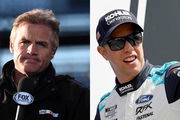
When NASCAR Didn’t Wait: Dale Earnhardt’s Injury Comeback Came With the Hot Seat of Zero Sympathy
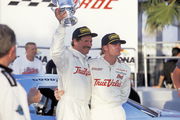
Dale Jr’s CARS Tour’s Powerful Greg Biffle Tribute Has NASCAR Fans Making One Emotional Demand
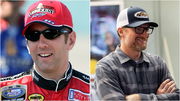
NASCAR Insider Details Tense Courtroom Moment When Michael Jordan Publicly Questioned His Coverage
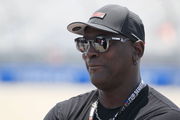
Horrific Aerial Footage of Greg Biffle’s Fatal Crash Emerges Leaving NASCAR Community in Tears
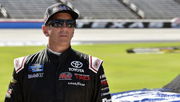
NASCAR’s recent downforce adjustments
Responding to concerns about high downforce stifling competitive racing. NASCAR has actively adjusted its aerodynamic rules. In 2022, the Cup Series introduced a new package for ovals and intermediate race tracks with the Next Gen car. This package came with 670 horsepower and 4 4-inch spoiler. Well, for superspeedway, the power was limited to 510 horsepower along with the addition of a 7-inch rear spoiler.
“So the bottom line of all this, and you’ll hear this from the drivers is that this package with the Next Gen car puts it back in the drivers’ hands and we’re excited about what that will do in 2022, for sure,” O’Donnell said back in 2022. But, in reality, the Gen 7 car has been peppered with criticism. This new package was put in place to promote pack racing and fuel-saving strategy, a move that has backfired after drivers and fans have actively criticized this style of racing.
ADVERTISEMENT
Veteran drivers like Denny Hamlin and Kyle Busch have advocated for a bump in horsepower to give the control back to the drivers. Also, the flat underbody and the rear diffuser have also become talking points due to violent flips and crashes like Ryan Preece’s Daytona 500 crash, where his car was launched into the air. The Next Gen car isn’t a polished product and has a lot of rough edges that NASCAR is trying to improve with every passing year.
ADVERTISEMENT
ADVERTISEMENT
ADVERTISEMENT

